
Researchers have discovered a new 2D quantum material, CeSiI, marking the first instance of heavy fermions in a 2D structure. This breakthrough by Uppsala and Columbia University scientists paves the way for advanced studies on quantum phenomena and the development of materials with tailored quantum properties.
Researchers at Uppsala University, along with other collaborators, have discovered a novel 2D quantum material in a recent study published in Nature. This groundbreaking material is composed of atomically thin layers of cerium, silicon, and iodine (CeSiI), marking the first instance of a 2D material with heavy fermions.
“The electrons in CeSiI behave as if they have up to 100 times more mass than electrons in ordinary materials. This is why they are called heavy fermions. What is extra special about CeSiI is that this effective mass is anisotropic, that it depends on the direction in which the electrons move in the atomic layers,” says Chin-Shen Ong, one of the Uppsala researchers behind the study.

Chin-Shen Ong, researcher at the Department of Physics and Astronomy, Uppsala University, Sweden. Credit: Uppsala University
The research is a collaboration between researchers in materials theory at Uppsala University and researchers at Columbia University in the United States. For the materials researchers from Uppsala University, the main issue was to theoretically investigate the quantum properties of electrons in the material.
Background and Significance of Heavy Fermions
Heavy fermion compounds are a class of materials in which the electrons interact with each other unusually strongly. In so doing, they coordinate their movements in so-called quantum fluctuations. This interaction causes the electrons to behave as if they had up to 100 or 1,000 times more mass than electrons in ordinary materials. These quantum fluctuations are thought to play an important role in a number of hitherto unexplained quantum phenomena, such as unconventional superconductivity, where an electric current can pass through a material without loss of energy, and magnetism.
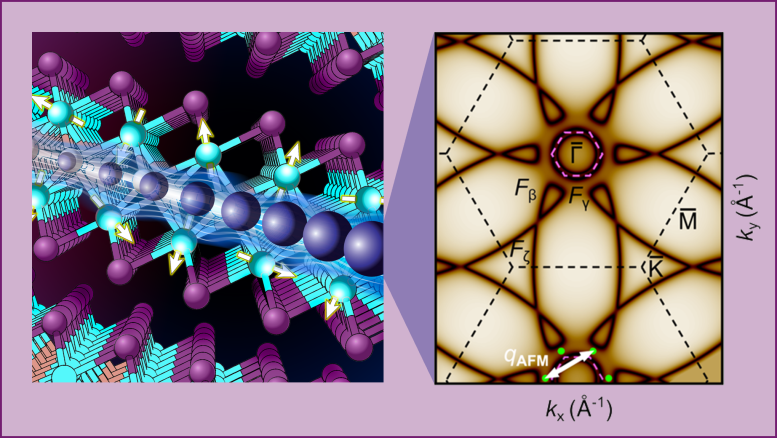
The new quantum material, synthesized in the Columbia University laboratory, is unique as it has a 2D-like crystal structure with clearly separated, atom-thin layers. The layers consist of cerium, silicon, and iodine (CeSiI) and are the first example of a 2D material with heavy fermions. The study is headed by Uppsala University. Credit: Chin-Shen Ong, Uppsala University
Research on materials with heavy fermions has been going on for decades, but until now the focus has been on materials where the atoms are tightly packed in a 3D structure. As far back as the 1970s, researchers at Uppsala University focused on cerium-based materials, with great success.
However, the new material, synthesized in the Columbia University laboratory, is unique as it has a 2D-like crystal structure with clearly separated, atom-thin layers. The layers consist of cerium, silicon, and iodine (CeSiI) and are the first example of a 2D material with heavy fermions.
“With this discovery, we now have a significantly improved material platform for investigating correlated electron structures. 2D materials are like a construction kit with LEGO pieces. Our partners are already working on adding layers from other 2D materials to create a new material with customized quantum properties,” says Chin-Shen Ong.
Reference: “Two-dimensional heavy fermions in the van der Waals metal CeSiI” by Victoria A. Posey, Simon Turkel, Mehdi Rezaee, Aravind Devarakonda, Asish K. Kundu, Chin Shen Ong, Morgan Thinel, Daniel G. Chica, Rocco A. Vitalone, Ran Jing, Suheng Xu, David R. Needell, Elena Meirzadeh, Margalit L. Feuer, Apoorv Jindal, Xiaomeng Cui, Tonica Valla, Patrik Thunström, Turgut Yilmaz, Elio Vescovo, David Graf, Xiaoyang Zhu, Allen Scheie, Andrew F. May, Olle Eriksson, D. N. Basov, Cory R. Dean, Angel Rubio, Philip Kim, Michael E. Ziebel, Andrew J. Millis, Abhay N. Pasupathy and Xavier Roy, 17 January 2024, Nature.
DOI: 10.1038/s41586-023-06868-x

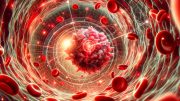
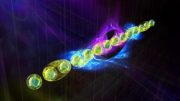
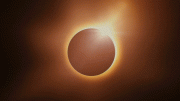



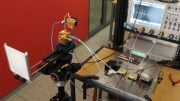
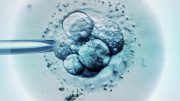
Please answer:
1. Mathematically, does two-dimensional matter have thickness?
2. What is quantum? Is it appropriate to analogize quantum with a cat that is both dead and alive?
3. What exactly are you observing? How to confirm?
4. Will observing the same object through different media necessarily lead to the same conclusion?
and so on.
Science must follow mathematical rules. For example, the Standard Model (SM) is considered to be one of the most significant achievements of physics in the 20th century. However, the magnetic moment of μ particle is larger than expected, revealed by a g-2 experiment at Fermilab, suggests that the established theory (such as SM) of fundamental particles is incomplete. Furthermore, the SM omitting gravity, it not involved the time problem and when the particle movement starts. Mathematics is the foundation of science. Physics must respect the scientific nature of mathematics and mathematical models. The SM must be based on mathematical models in order to be scientific, convincing, and in line with natural laws.
I hope researchers are not fooled by the pseudoscientific theories of the Physical Review Letters (PRL), and hope more people dare to stand up and fight against rampant pseudoscience.
The so-called academic journals (such as Physical Review Letters, Nature, Science, etc.) firmly believe that two high-dimensional spacetime objects (such as two sets of cobalt-60) rotating in opposite directions can be transformed into two objects that mirror each other, is a typical case of pseudoscience rampant.
If researchers are really interested in Science and Physics, you can browse https://zhuanlan.zhihu.com/p/643404671 and https://zhuanlan.zhihu.com/p/595280873.
That researcher has a quantum face, too.
So the material becomes more massive if you apply a current? Is this converting energy to mass? If so, how efficient is the conversion?
You are a terrible news source. You all scrape the barrel of possibly plausible.